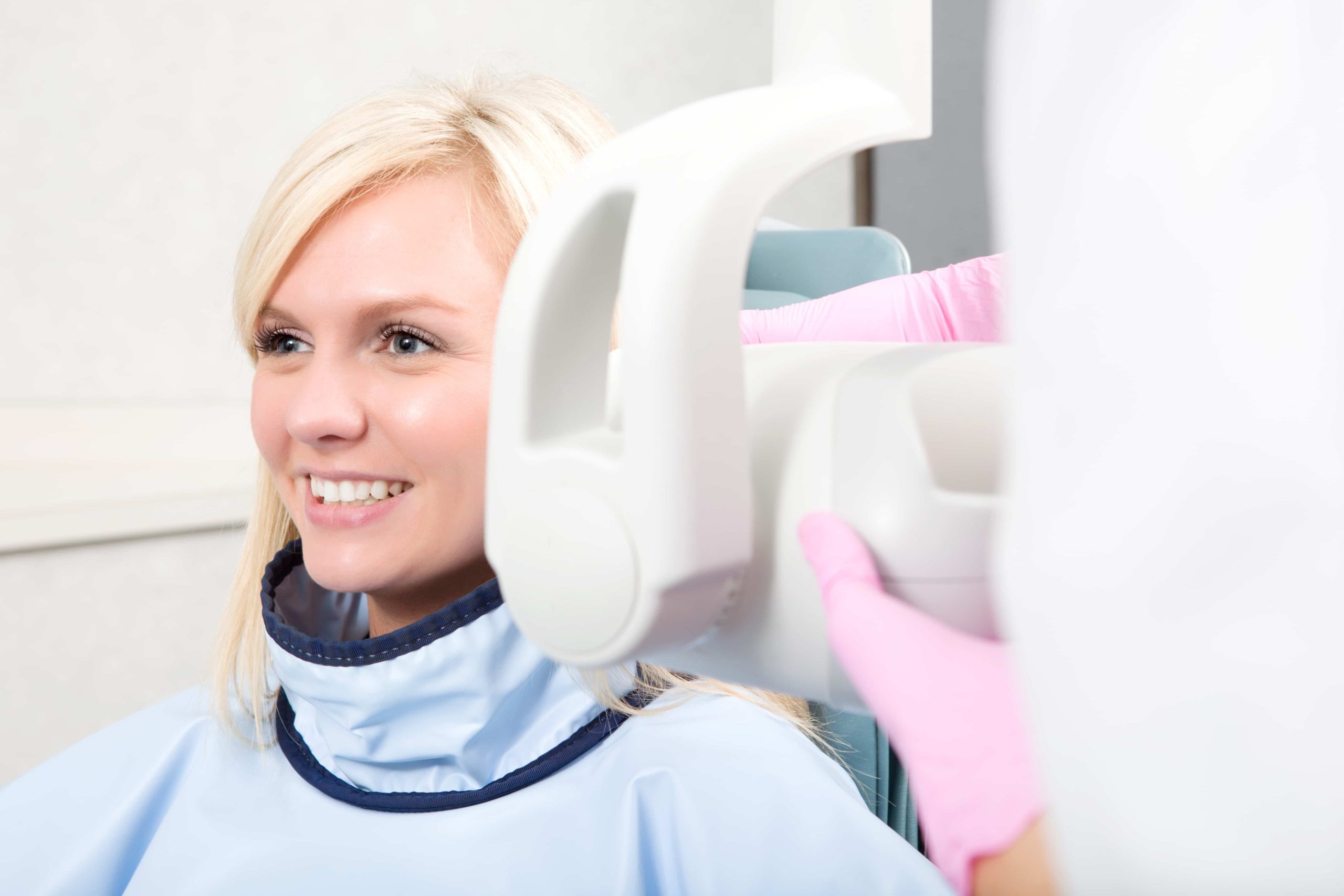Regardless of the fact that restorative dental procedures allow for the resolution of a wide variety of non-optimal oral health issues, the main focus of any practicing dentist is actually on preventative dentistry. This means that your dentist wants to help you avoid troublesome oral health issues by providing the best possible dental care and addressing issues before they become major problems. It is for this reason that your dentist wants to see you twice a year for thorough examinations and dental cleanings. It is also for this reason that your dentist’s thorough examinations will sometimes include dental x-rays.
The Value of Dental X-Rays
Your dentist is well trained to examine your mouth and detect all the visible signs of good or poor oral health. She will even be able to detect some issues that you are completely unaware of, and help you to resolve these issues before they exacerbate and become more extensive problems. However, despite her training and experience she cannot see what is occurring under the surface–inside teeth or below gum tissue–without the help of dental x-rays. This deeper, more thorough view is critical to maintaining one’s oral health as there are many potential below-the-surface issues that can grow out of hand before they are visually detectable in the mouth.
X-rays allow your dentist to see in between and inside of your teeth, all the way through to the root tips and even to the bone under your gums. This means that dental x-rays can not only be helpful as part of routine dental examinations in order to rule out dental issues, they can also be helpful in diagnosing dental issues or determining their full extent. For example, x-rays can help to determine the extent of tooth decay–or cavities–which can help your dentist design an appropriate treatment plan. X-rays can reveal the presence of cysts, abscesses and other masses that are causing or have the potential to cause problems. They are also useful in checking the position of wisdom teeth and the extent of bone loss that has occurred due to periodontal disease.
There are three common types of dental x-rays:
- Bitewing x-rays. These are most often used as part of routine dental examinations, and show the crowns of your teeth so that your dentist can check for any early signs of decay between your teeth.
- Periapical x-rays. These x-rays are used when your dentist wishes to check the bone height or root tips of your teeth.
- Panoramic x-rays. These x-rays are taken from outside the mouth and provide your dentist with one large image of your entire oral cavity, which allows her to detect any issues having to do with impaction (as can often occur with wisdom teeth), cysts, tumors, jaw disorders or bone irregularities.
There are also other types of dental x-rays that may sometimes prove useful in specific situations–such as cephalometric x-rays that orthodontists use for treatment planning–but the above three are the main ones your dentist will want to use on an occasional basis.
The frequency and type of dental x-rays you receive will be based primarily on your oral and general health. Your dentist will likely want to take a full series of x-rays when you first begin seeing her in order to determine your current oral health condition. If your oral and general health are in good condition, your dentist may feel comfortable holding off on new x-rays for awhile. However, if you are currently struggling with oral health issues or have struggled considerably with them in the past, your dentist may determine that more x-rays more frequently will better help you improve and maintain your oral health.
For more information about dental x-rays and how they can help you to improve and maintain your oral health, contact Avenue Dental Arts today.


